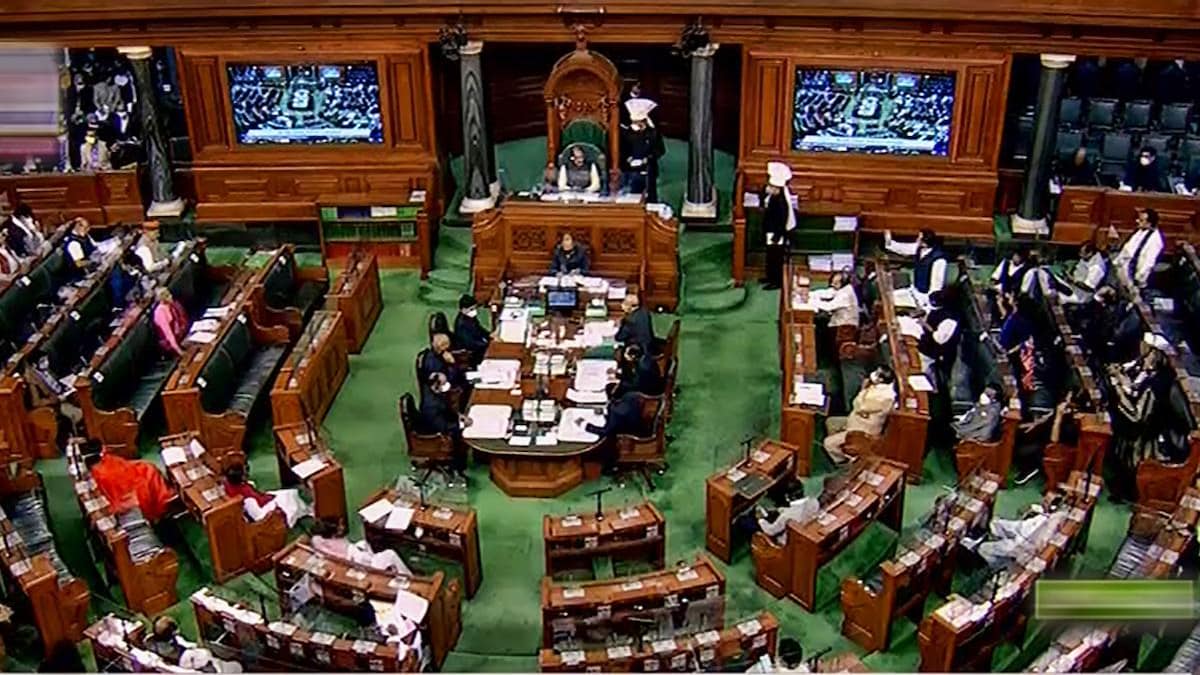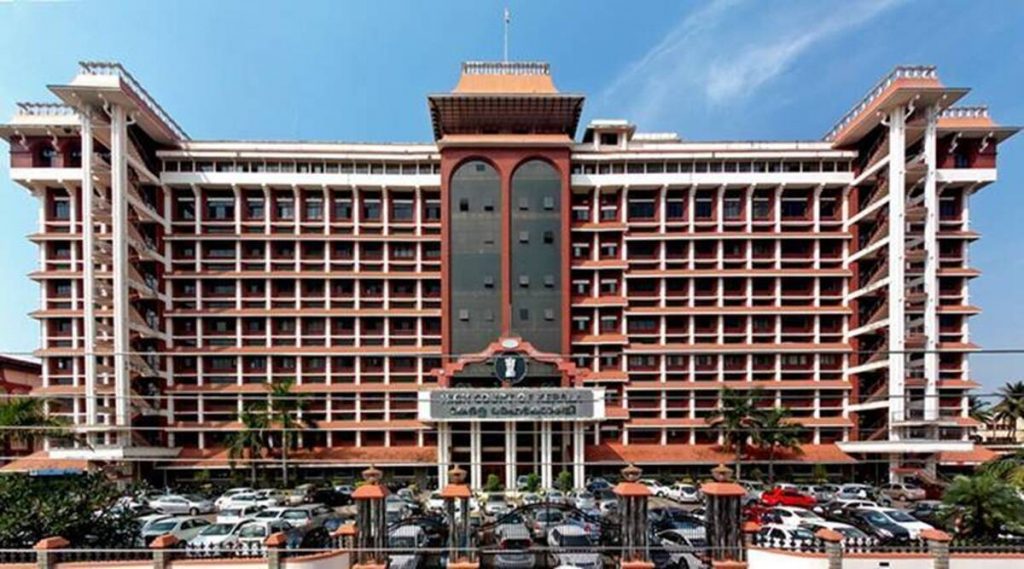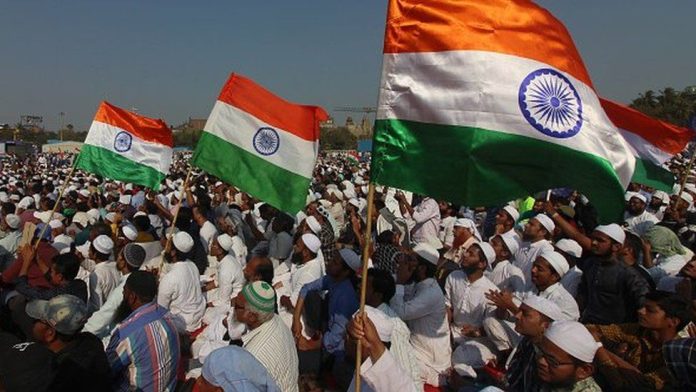- The Indian constituent assembly forefathers were not only farsighted while they set about writing the Constitution anticipating possible challenges but also were quite prudent enough to have in place measures to circumvent efforts to undermine. As an independent and aspirational society, the Indian democratic form of governance has succeeded in garnering widespread appreciation as well as acknowledgment around the globe. We are proud of the fact that India is a force to reckon with in the global order. Mind you, the democratic form of governance can not be pinned as perfect since chaos generally rules. However, the vibrancy and thriving democracy offer its citizens Constitutionally guaranteed rights that are inviolable with reasonable restrictions.

PC: PTI
- To prevent the fundamental rights of citizens from being infringed upon by one another, the three branches of government—the legislative, the executive branch, and the judiciary—have been clearly defined by the Constitution. It’s another matter altogether that the judiciary often finds itself being overzealous inviting terms like judicial activism. Then there is the fourth estate, also known as the media, considered the fourth pillar of the Constitution. We all know Article 19 of the Constitution protects the freedom of the media. Like other fundamental rights, this freedom isn’t unfettered. It’s subject to reasonable restrictions, of which national security is one. The Constitution, however, doesn’t detail a benchmark to test the reasonableness of a restriction.
- So far, constitutional courts have been loose in using a standard to test reasonableness. A fallout of this situation is that governments at all levels have been using restrictions arbitrarily to clamp down on journalists and thereby restrict media freedom. This situation may soon be a thing of the past. Recently, the SC made an important intervention in its verdict on the Madhyamam Broadcasting Limited vs Union of India. It upheld media freedom guaranteed under Article 19 while simultaneously fleshing out a set of tests to determine if a restriction on this right is reasonable. Effectively, it establishes a benchmark for the judiciary to examine restrictions on a fundamental right. Let’s look into the reason prompting the trigger on the case.

PC: THE LEAFLET
- Note that the case involved the Union Government revoking permission to an existing news channel Media One on the ground of national security. When the channel challenged the decision in Kerala HC, there were two developments. GOI made its national security case in a sealed envelope which denied the appellant a fair chance to defend itself. Also, HC held that the scope of judicial review in the matter of national security is limited. Then the SC decided the case in favour of Media One on both procedural and substantive grounds. Governments henceforth will have to defend both against a four-step proportionality standard. In other words, rights cannot be overturned arbitrarily. Hopefully, the ruling is a turning point vis-à-vis safeguarding media rights.






